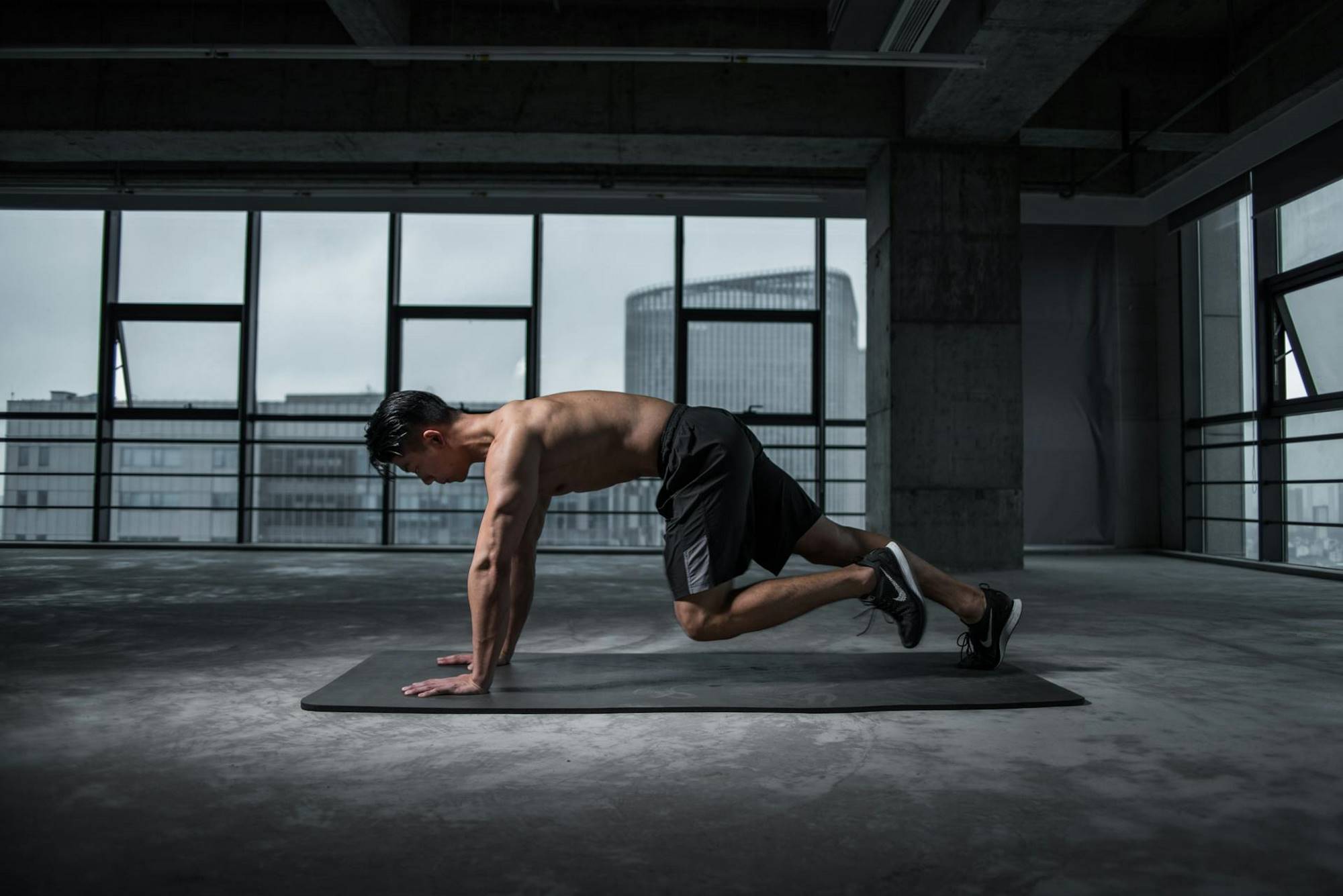
Strength building does not have to be painful and accompanied by long recovery days. New fitness methods are changing how strength training works. These newer ways are easier on joints but still push muscles to grow and perform. With smarter tools and short bursts of effort, people can now get results without high risk. It's no longer about just lifting weights. It's about moving smarter. This article explores the latest approaches that deliver big gains with less wear and tear.
Micro Workouts That Work Fast
Short workouts are not just a trend. They're backed by science. You don't need an hour at the gym. Just 10–15 minutes can trigger muscle growth if done right. The key is intensity. Muscles respond to fatigue by increasing their growth when subjected to it in a short period of time. They are excellent workouts when you are short of time and provide your body with the right amount of stimulus without overwhelming it. When repeated regularly, results follow faster than expected.
Isometric Moves with Lasting Results
Holding a position may look easy, but it can work deep muscle fibers. Isometric training keeps tension in muscles without movement. This builds control and strength over time. It also protects joints and lowers the risk of injury. Wall sits, planks and slow presses can be more powerful than fast reps. These moves teach muscle stability and balance, helping improve strength safely and steadily.
Bands That Challenge Every Angle
Resistance bands are not just warm-up tools anymore. They are now key parts of low-impact training. Bands challenge muscles with steady pressure from all directions. This builds strength without loading the joints. You can target small stabilizing muscles that machines often miss. They're also great for home workouts and travel. With just a few band moves, you can fire up core strength and tone faster than expected.
Slow Reps for Stronger Gains
Slow movement in a rep may appear to be less intense; however, it engages more muscle fibers. Longer periods of time under tension are provided by slow tempo lifts. That's what builds real strength. These controlled reps also help form better techniques. Less momentum means muscles do the work, not gravity. You feel every inch of movement, and your body responds by getting stronger and leaner over time.
Tech That Boosts Muscle Activation
Fitness now includes tools that help the body train harder with less impact. One of the most promising tools is EMS fitness training. This method uses electric pulses to activate muscles during movement, working deep muscle layers while saving time. Following a structured EMS fitness training routine can deliver results equal to or greater than traditional workouts in a fraction of the time. A short session can match the benefits of a full hour at the gym. EMS gear supports recovery too, reducing strain while still challenging your body to grow stronger. For anyone looking to minimize joint stress and amplify their strength gains efficiently, this approach is well worth exploring.
Core Training That Goes Beyond Crunches
The core can be trained other than through crunches. The new practice is centered on the deep muscles that aid movement and posture. These are obliques, transverse abdominis, and pelvic floor. Bird dogs, dead bugs, and side planks are some of the movements that target these layers. They enhance balance and back pain. A good core does not only look good, but it also helps you move better, get less injured, and lift more weight.
Strength Through Functional Flow
The functional movements teach the body to operate as a unit. These exercises simulate real-life motion. Consider such smooth-flowing exercises as squats, lunges, or step-ups. They exercise several joints and muscle groups simultaneously. This assists in enhancing mobility, balance, and overall body strength. Versions with low impact are excellent for those who do not want to jump hard or use heavy weights. You do not train harder, but smarter by moving through the patterns, rather than just isolated reps.
Stability Training with a Purpose
Movement based on balance has become an essential component of strength programs. These balancing drills are not only balance exercises; they also develop small muscles and enhance control. Exercises utilizing balance boards, stability balls, or simply standing on one leg can enhance the health of the joints. The difficulty is added by adding lightweight to these moves. These minor changes add up and in the long run will be a significant addition to strength and confidence in any given physical activity.
Conclusion
Strength training is no longer about big weights and time-consuming sessions. Nowadays it is a matter of working with the body, not against it. Smart techniques and low-impact tools are becoming leaders. They cushion against joints and at the same time stress the muscles to their limits. Results are achieved quicker and safer by prioritizing function, control, and efficiency. Under these contemporary alternatives, everyone can build strength, regardless of age or level of fitness.